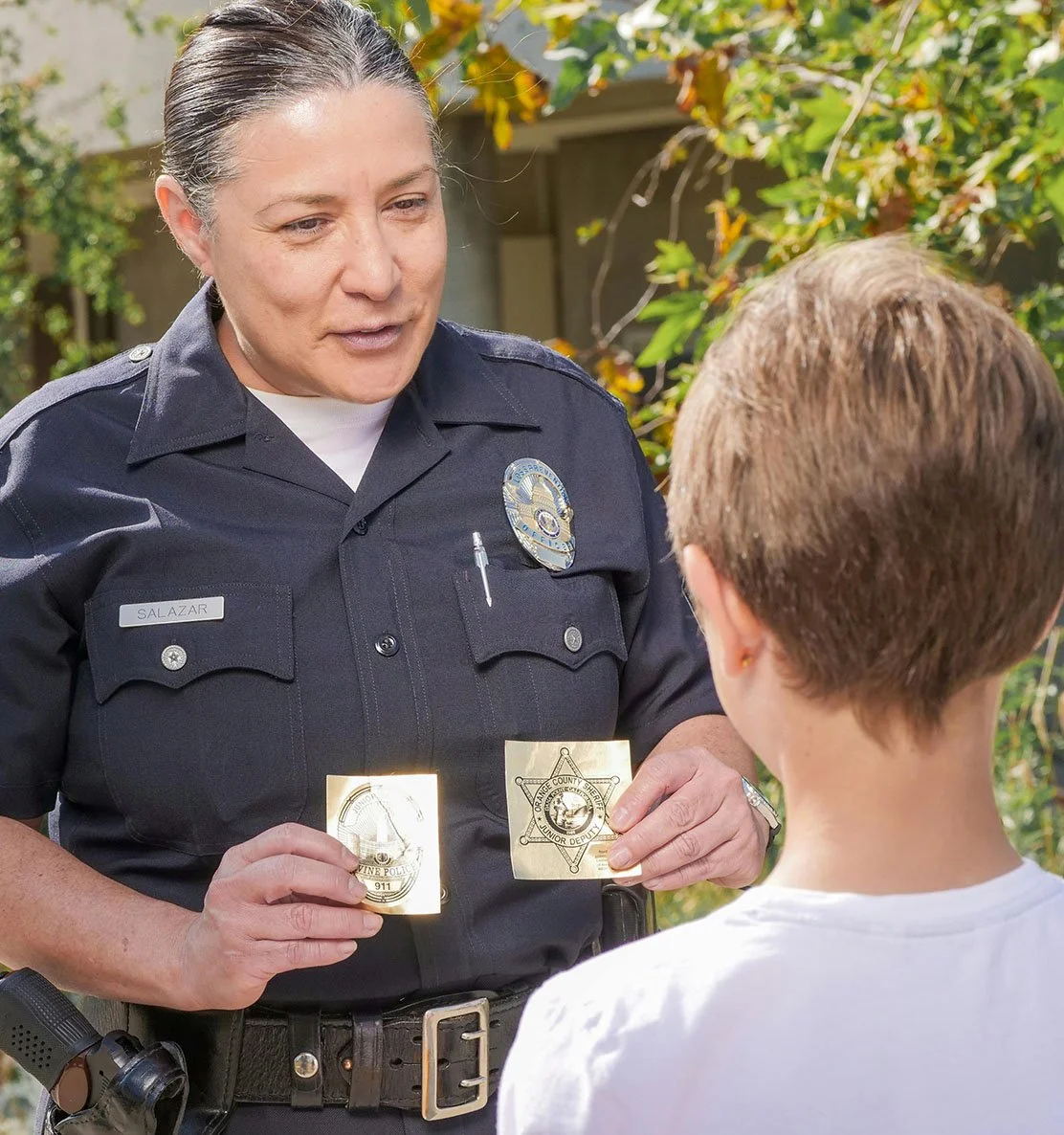One-Two Punch for Getting Ahead of Crime & Public Mistrust
By Elissa-Beth Gross
There are two key strategies that improve the ability to prevent crime and related consequences. Integrating ‘Community Oriented Policing (COP)’ and ‘trauma-informed care’ can go a long way to minimize threats. These complementary concepts are necessary to crime prevention and code enforcement, violence de-escalation, and the provision of equitable treatment under the law. Officers and citizens who nurture a relationship of trust are able to partner to solve public safety problems and improve security. Research indicates that traditional approaches to crime prevention are not as successful as collaborative approaches built on outreach, and relationships between the police and the communities they served. COP is a cooperative, proactive, and case-centered strategy; where conventional policing is more incident driven, reactionary and enforcement focused.*
Stakeholders can influence policing tactics and inform enforcement processes, and stretch limited policing resources to improve their neighborhoods. Community members who participate in COP programs have reaped concrete benefits. For example, they have received help with basic needs and support from officers during recreational events.
Also, the fear of police is reduced when these connections become personal. The SARA is a COP tool; the acronym represents steps in the problem-solving process; “S” stands for scanning the environment, “A” for analysis, “R” for response, and “A” for assessment. Training stakeholders in SARA principles, and sharing operational plans with citizens, can increase police and sheriff department effectiveness.
Institutions and organizations interested in developing a COP program should utilize legally binding Memorandums of Understanding (MOUs) and Mutual Aid Agreements (MAAs) to coordinate efforts and build capacity. Time should be devoted to creating buy-in, and to ensure leaders are committed to recruiting and organizing COP program participants. Technology is an important facet of many COP initiatives because it allows stakeholders to collect, analyze, and share relevant, timely information. “Citizens reported increased trust and confidence in law enforcement following COP interventions, and felt that police treated people more fairly.” Guidance for the adoption of COP programs is available through: the Community Oriented Policing Services Office (U.S. Department of Justice), the International Association of Chiefs of Police, and the Police Executive Research Forum. As a result of implementing COP programs, citizen satisfaction with the police was found to be enhanced, and disorderly conduct was perceived as less of a threat.**
In addition to COP, officers need education to build awareness regarding how traumatic experiences impact those they serve, protect, and technical assistance to incorporate trauma-informed practices. The Substance Abuse and Mental Health Services Administration's (SAMHSA) National Center for Trauma-Informed Care (NCTIC) has been advocating for change in how we relate to one another. Americans continue to witness a horrific cycle of headlines that recently included: mistrust of police, rioting and looting, arson, and police brutality.
According to SAMHSA, “trauma includes physical, sexual and institutional abuse, neglect, inter-generational trauma, and disasters that induce powerlessness, fear, recurrent hopelessness, and a constant state of alert.” Such experiences may be jolting one-time incidents or compound events that play out over time. Trauma-informed care asks “What has happened to you?”, rather than “What is wrong with you?” Victims feel the loss of security and tend to mistrust people or institutions as the result of previous betrayals. Trauma-informed training and care, critical to de-escalating violence and conflict resolution, are relevant in hospital systems, law enforcement, and courts; at homeless shelters and rehabilitation centers; and, in schools and workplaces. Trauma-informed care is non-judgmental and non-discriminatory; its calming effect improves police response as well as the health and safety of the public on the receiving end. In combination with Community Oriented Policing, trauma-informed care improves the relationship between officers and those served, safeguards officers, reduces misunderstanding, and helps to contain threats for overall better outcomes.
*Community Policing Defined, Community Oriented Policing Services, U.S. Dept. of Justice.
**Community-Oriented Policing Strategies: Meta-Analysis of Law Enforcement Practices


